“Why do Hindus worship Idols? Why don’t they understand it is just a stone? Why don’t they try to learn from the modern religions like Islam and Christianity and stop this childish Idol Worship, Surprised? Many people have raised similar question on Hinduism.
“The only religion in the world that doesn’t need to worship an idol is Hinduism. It is optional for Hindus to worship idols or not. But for all other religions, it is a MUST and mandatory.”
The Webster’s Dictionary says: “Idolatry is the worship of a physical object as a god of any object, person.” That means Idol is an image or representation of a god. One that is adored, often blindly or excessively can also be called Idol worship.
All religions have been engaging in idolatry without actually knowing it – it’s always hard to see whether someone is really worshipping something, or just using it as a symbol of a totally different thing.
Are Christians idol worshippers? Exodus 20:4, 5: “You must not make for yourself a carved image or a form like anything that is in the heavens above or that is on the earth underneath or that is in the waters under the earth. You must not bow down to them nor be induced to serve them, because I Jehovah your God am a God exacting exclusive devotion.”
The Christians worship the statue of Jesus or the Cross or Jesus in the cross in their Church. Catholics pray to Mary and have statues of her. Isn’t that idolatry? If you come to India, especially South India, you can see thousands of new Churches made as replica of Hindu temples, with Dwaja Sthamba (flag banner high column) among other things, creating more idols to worship. I don’t think anything other than the cemetery in the Churches that doesn’t fit into external culture. Christianity is almost Indianised.
During first few centuries Jesus was pictured as Asiatic – bald, bearded and short – because of Asian origin. Later all images of Jesus became that of a European white man. So their idol clearly is Jesus Christ of European race. Can a Christian worship a black or Asian Jesus? Their main idols are Christ and Cross.
Islam doesn’t have direct “idol worship” as Christians or Hindus do. The first condition to be a Muslim is: the act of worship should be devoted to Allah Alone. Allah says (interpretation of the meaning): “And they were commanded not, but that they should worship Allah, and worship none but Him Alone (abstaining from ascribing partners to Him).” [Al-Bayyinah 98:5]
But you can see Idolatry in that religion too. Islam asks Muslims to pray towards Mecca. Direction or destination is focal point – an idol as per definition. Something becomes sacred only when you worship it. Muslims worship the black Kaaba Stone in Mecca.
There are three explanations for the stone – (1) As per Islamic belief- it is sent by their god, Allah (2) Some serious historians say it’s a Shiv Linga (3) some people claim it’s a Meteorite. Whatever it is, Kaaba is an important icon that they worship. Zamzam water in Makkah is also sacred for them.
Let alone idols, Islam strictly prohibits worshipping any man-made objects. Millions of copies of Holy Quran are printed in many printing presses by men and made into book form by man. Isn’t it a man-made object? How can it be worshipped? If you say it is a representation of god’s words, it is an idol by definition. The printed quotes are photo-framed, kept in the wall and worshipped. It’s also man-made. Alphabets used to describe god are also man-made images. Most of the Mosques (place of worship) have photograph of Kaaba. Some are visiting Dargah (grave of a revered religious figure) to offer worship.
To my understanding, Muslims are forbidden to, and therefore do not, worship Prophet Mohammed. Muslims shouldn’t even keep images of him. But indirectly they do. If anybody talks one word against him, he/she will be cut into pieces. Isn’t that fanatic worship? Millions of Muslims worship holy hair of Prophet Mohammed and now building India’s biggest mosque Sha’re Mubarak Masjid (literally: Blessed Hair Grand Mosque) in Kerala.
You can also find images of Muhammad’s face in manuscript illustrations from hundreds of years ago, some of which are on display at the Metropolitan Museum of Art in New York. Some of the earliest Islamic coins were minted with Muhammad’s face on them! The celebration of Muhammad birthday is contradictory to Islamic law. But India has official Holiday on Prophet’s birthday similar to Christmas and Krishna Jayanti. What is it other than iconic worship?
I agree lot of Muslims still worship only the formless God. But, they are still praying to a God which has all other attributes except that of “form”. Therefore they only seem to be rejecting the attribute of “form”, whereas they still seem to accept all other attributes in God (omnipotence, omnipresence etc.) which are also accepted by people from other religions who worship and pray to God using idols.
Even atheist philosophies like Marxism follow Idolatry. They have created Martyrs who they worship with garland and flowers. They call it “Rakthasakshi Mandapam”- Temple for martyrs. The world capital of superstitious worship is communist China. Even African tribals are better than Chinese when it comes to superstitions and idol worships.
From a Western viewpoint, Hindus are still worst. They worship almost everything. Apart from 33 crores Gods and Goddesses, they worship rat, cow, stones, birds, sexual organs, mountain, weapons etc. They have made idols or icons out of almost everything in this universe. But Hindus have the honesty and courage to admit that, “Yes we do have idol worship and that is important to our religion.”
An Idol is an adjective of God. Idol is NOT an equivalent word for Vigraha (body or form) and Bimba (image, picture or object) in Sanskrit. The word ‘idol’ may be inadequate to mean ‘Vigraha’, except to indicate that the ‘shilpa’ or ‘figure’ indicates a kind of ‘model’ through which to visualize God.
In Sanskrit, “Viseshal Grahyathe ithi Vigraha” (The One which is acceptable or liked or holds passionately) is Vigraham.
In early stages of one’s quest for divinity, a representative form becomes necessary. That’s how the concept of Vigrahas (idols) came up in all religions. Vigraha (Vishesham Grihamiti = Special abode), Pratima (Mam prati = In front of me), Bimba smile emoticon Image) or Moorti smile emoticon the utensil to fill) are synonyms of Vigraha.
The purpose of Vigraha is actually to help the seekers to focus on the concepts. So, the seekers are seeing the manifestation of a divine power in such idol. They believe use of an idol or a physical symbol in worship and prayer is intended to enhance the focus on Brahmam (the universal or supreme god) with respect to a certain attribute (Saguna) of Brahmam. Such Idol worship is called “Saguna Aradhana” (Worshipping forms and names) in India.
Contrary to popular misconceptions, idol is not the god for Hindus. For the beginners, it is like this: Those who wish to offer worship to the Brahmam in whichever form he/she prefers, invite ‘That’ into the favourite ‘Vigraha’. Aavahayami (I invite), Sthapayami (I establish/seat), Poojayami (I worship). Then we offer water, flowers, leaves, fragrant substances, delicious food, music, dance etc. as part of worship to ‘That’. Then we ask ‘That’ to grant our wishes and needs. At the end of the day or period of worship, we offer the pooja again and ask ‘That’ to leave the Vigraha. This process is called Visarjana (disperse). Then it becomes just an idol.
In short, if you carefully observe you can see all religions and ideologies have some form of idol worship – it may be a statue, book, person, symbol, icon or thing. Everybody worships either images and or political symbols. The only difference would be in the method or degree in worshipping.
It is thus quite apparent for the entire mankind – all religions – whether it is atheism, pluralism, animism, fanaticism, fundamentalism, gurudom, kingdom of priests and extreme materialism, the idol worship comes natural. Man creates various idols or images and then stuck there. They fight and kill for those idols. So, there is no point in anybody holding a “Holier than Thou” attitude. Why can’t a believer move beyond idols or images? Because human mind needs some form of image or imagery to its very survival. This is the limitation of all religions.
So, our ancestors, the great sages, found that humans have to move beyond beliefs if he/she wants to realize the truth. They should go beyond idolatry – it is Nirguna Aradhana. The only religion that talks about truly formless and undefined god is Sanatan Dharma. It says the Brahmam – the divine power – is truly without a form, a gender or anything for that matter, while all other religions believe that god has a gender, a race and a language.
As Sankracharya says, “To describe Brahmam even the words recoil.” So anybody trying to describe god through words or images (Idolatry) is like blinds describing elephant. You have to go beyond a name and a form (shape) to realise the Brahmam. (Lalitha Sahasranamam says ‘Nama roopa vivarjitha’)
Vedas say the Brahmam is formless, ineffable (nirguna) and Unmoved Mover. Upanishads describe Nirguna Brahmam- the ineffable God as, “Whole is that, whole too is this and from the whole, whole cometh and take whole, yet whole remains.” This cannot be understood with using mind as the mind CANNOT go beyond images (idols) or beliefs.
That’s the reason our ancestors said God is an experience to be experienced by the experiencer. It cannot be explained. It cannot be described. In his final stages of quest, a Sanatan Dharma follower realizes and sees god’s presence in everything in the universe (Isavasyam idam sarvam). That’s why he prays “May all beings be happy” (Lokah Samastah Sukhino Bhavantu). That’s how the universal compassion develops. That’s how the inclusive philosophy of non-violence, equality and tolerance develops. That’s why ancient Indians could welcome and accept all religions, ideologies and philosophies including Atheism. No beliefs in the world can take a human being to such elevated higher dimension.
Put simply, a Hindu believes God exists in stones. But he understands that, it doesn’t mean god is the stone.

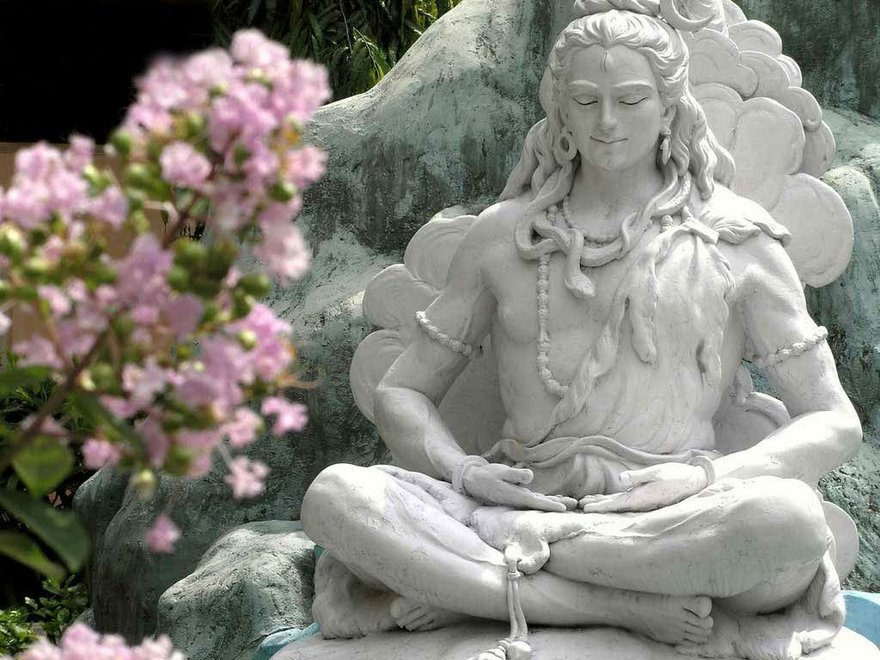

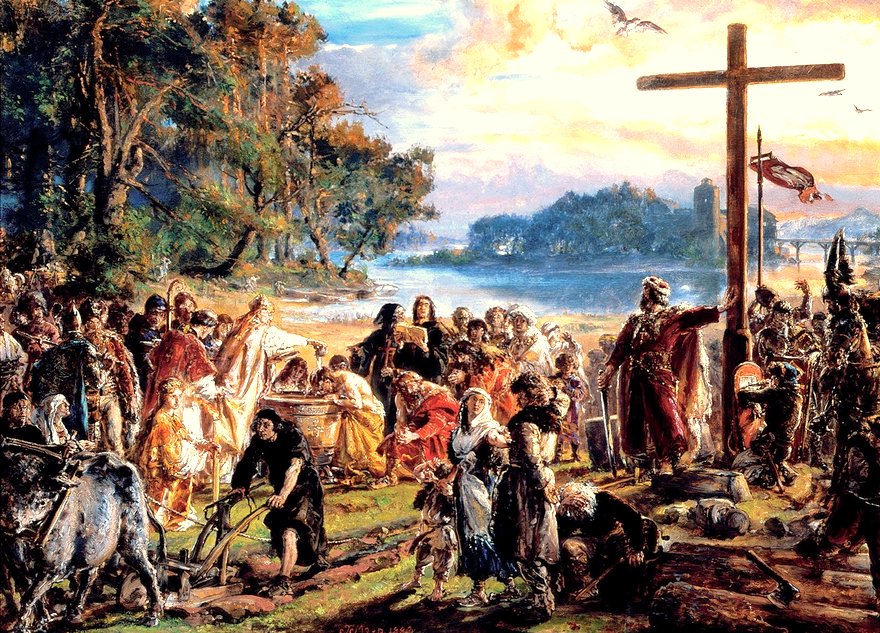
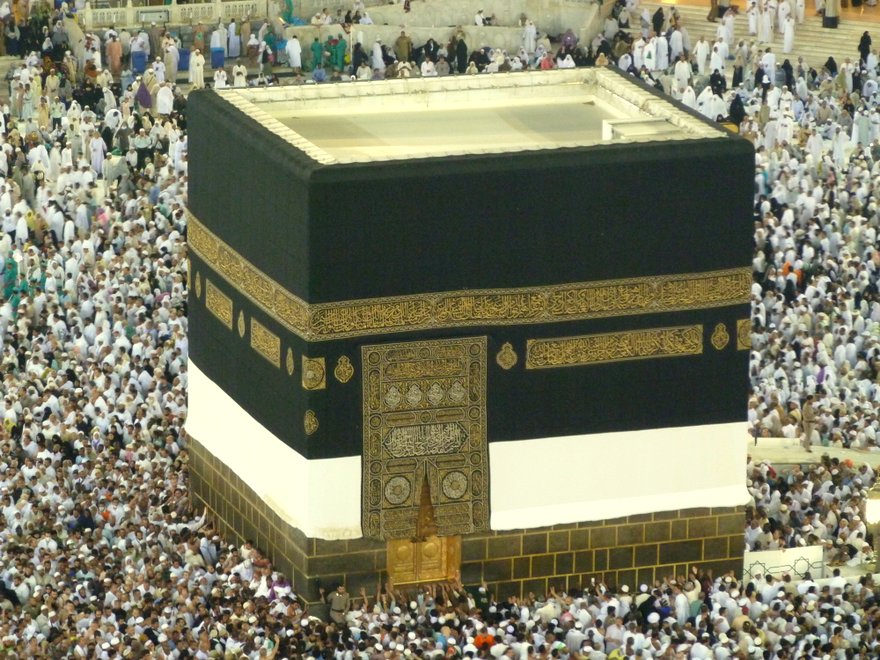
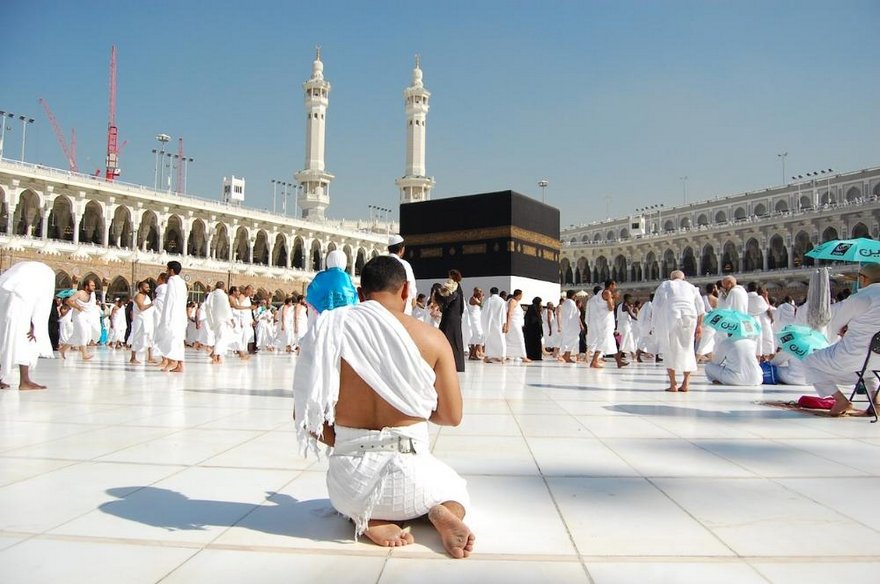
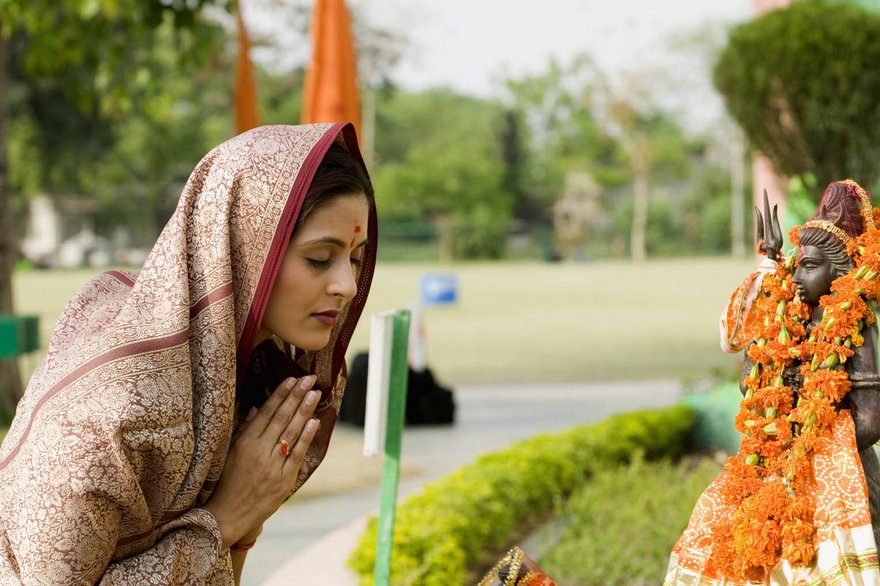

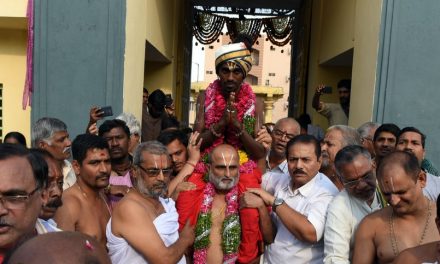

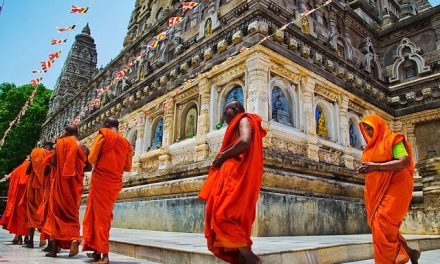









I believe you are incorrect in saying all religions worship idols. I am Buddhist, while I bow to a Buddha, this is not worship, this is letting go of the ego. Bowing the head is a mark of respect for the teachings.
In fact Buddhist believe Buddha is not a god, it is a person, a way of being examples to us to follow.
All the same buddha statues and idols exist in the world; similar as you say there might be millions of Hindus who are bowing to a statue with the same attitude of paying reverence to the almighty who is formless and letting go their ego!
Essentially it is pointless to argue on these matters ; what is important is the experience of God alone on which one may abide in eternal peace..Let each find his God, he cannot be found by arguments and beliefs between us; it is entirely a pure, intense and personal pursuit and each is free is pursue his faith so long as there is no demeaning or hurt (either physical or mental) occuring as a result of it!!
I absolutely agree with the above article. The “invisible things” govern the “visible things” in the whole cosmology. Visibility of any object/manifested object is the expression of what is unmanifested/invisible; and it is the medium of visibility only through which we understand the things invisible. The 4 fundamental forces(weak nuclear force, strong nuclear force, electro-magnetic force and gravitational force) which regulate the whole cosmology are not visible. Concept, idea and philosophy of human mind is not visible, but it is expressed through sound, sign and symbols and it works. 2×2=4. It is just a concept of mind and it is expressed through symbols. If the signs 2×2=4 are not used, its concept which is invisible at all is not expressed. Therefore, the definition of God in Vedic scriptures i.e. “Sat chit ananda” or “pure consciousness” is expressed through image. Image is the medium only to understand the “Absolute & infinite Energy” or “Supreme Soul” within which everything in the universe is expressed and manifested. That is why, “when something full is taken out of full, what is remaining is full”. Matters and energy can not be separated. Matter is the expression of that energy inside. This was taughted to the Westerners by Swami Vivekananda only after which Scientist like Tesla accepted it and developed modern theory of thermodynamics. Modern scientific theories like Quantum Theory, String Theory, Theory of relativity, Higgs-Boson Theory are all explained in vedic scriptures. Without image/sign/symbols/sound, none in this world can understand the truth and without it nothing can be communicated. That is why Vedic Scriptures say God is in nirakar as well as aakar form. Thus, God is worshiped only through image, visible through our “two eyes” or through our “third eye”. Third eye visualise the image inside the mind. It is all the same. Difference is only the level of concentration or meditating power it gives. Within all the technologies we used (say, building, aeroplane, car, railway, radio, television, mobile, internet), the concept of human mind resides and it is the expression of human concept in the material form only. Every human worship image in some way or other.
As an an invisible force Dharmam protects those who protect it.(Dharmo Rakshati Rakshtiha) Thus Dharmam is the invisible Satyam(Ttruth) and Truth only triumphs(Satyameva Jayate). A flag represents a country. Eswara (Universal Administrator) is Unique(Ekam) and infinite in time (Anantam) and infinite in space(Sarva Vyapakam) . Accordingly Eswara is Avyaktam (invisible). But As the Universal Administrator, Eswara made the seven elements(Earth,Water,Fire,Air,Ether, Sun and Moon) as Automated intelligence based systems by embedding hit Tatvam(Philosophy) in them. That is why there is inter and intra consistency among them and we observe this phenomenon as the Law of Nature(Prakruti Dharmam) For example Sun light consists of seven colors. Hence the invisible things govern the visible things. We are able to see with the power of that which can not be seen. We are able to hear with the power of that which can not be heard. We are able to know with the power of that which can not be known. Thus Eswara is above the above the human intellect.